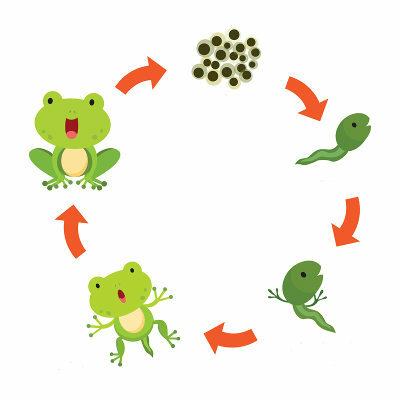Organisms, when they are born, do not always have characteristics similar to their parents. Sometimes they are so distinct that they look like they are of different species. Despite this, there are some living beings that are born very similar to adults, leaving them only growth.
These similarities and differences at birth allow the classification of animal development into two types: direct development and indirect development.
→ What is direct development?
In direct development, an organism is born very similar to the adult individual. Your body does not undergo extreme changes, with, mainly, the growth of the organism. As an example of organisms with direct development, we can mention birds and mammals.
→ What is indirect development?
In indirect development, the organism at birth is completely different from the adult. In its development, it undergoes several modifications, including habitat change in some species.
The two best known examples of indirect development are the butterfly and the amphibians, like the frog. In the latter case, the change is so radical that young individuals (tadpoles) do not have legs and live in water, and adults do not have gills, live in the terrestrial environment and have legs. In this case, it is possible to notice changes in anatomy, habitat and even food. The changes that occur in organisms that show indirect development are called metamorphosis.

Frogs undergo metamorphosis during their development
→ Development in insects
We can classify insects, according to their development, into ametabola, hemimetabola or holometabola.
Ametaboles: are those that do not undergo metamorphosis, that is, they have direct development. Example: moths.
Hemimetabola: they are those that present a partial metamorphosis, without major changes, which happen gradually. As an example, we can mention the grasshopper. In this animal, the absence of wings is observed in young individuals (nymphs).
Holometaboles: they are those who undergo complete metamorphosis, that is, drastic changes in their development. As an example, we can mention the butterfly, which goes through the egg, larva, pupa and adult stages.
By Ma. Vanessa dos Santos

